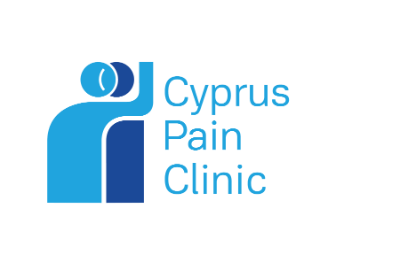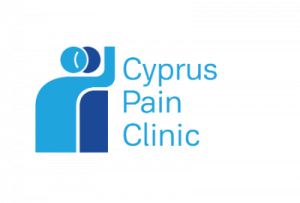Intrathecal drug infusion with an implantable pump
Intrathecal drug administration via a “pain pump” is a method of administering drugs directly into the spinal cord. It can be used in cancer and non-cancer pain.
What does the pump look like?
The pump is a round metal device that is surgically implanted into the patient’s abdomen (under the skin). A small plastic tube (catheter) is placed in the intrathecal space of the spine and is connected to the pump, i.e., the reservoir containing the drugs.
The pump is programmed to slowly release medication over a period of time (0.5 ml/day or 1 ml/day). There are electronic pumps that can be programmed to release amounts of medication at a variable rate, depending on the patient’s needs.
When the reservoir is empty, the doctor refills the pump by inserting a needle into the fill port on top of the reservoir.


